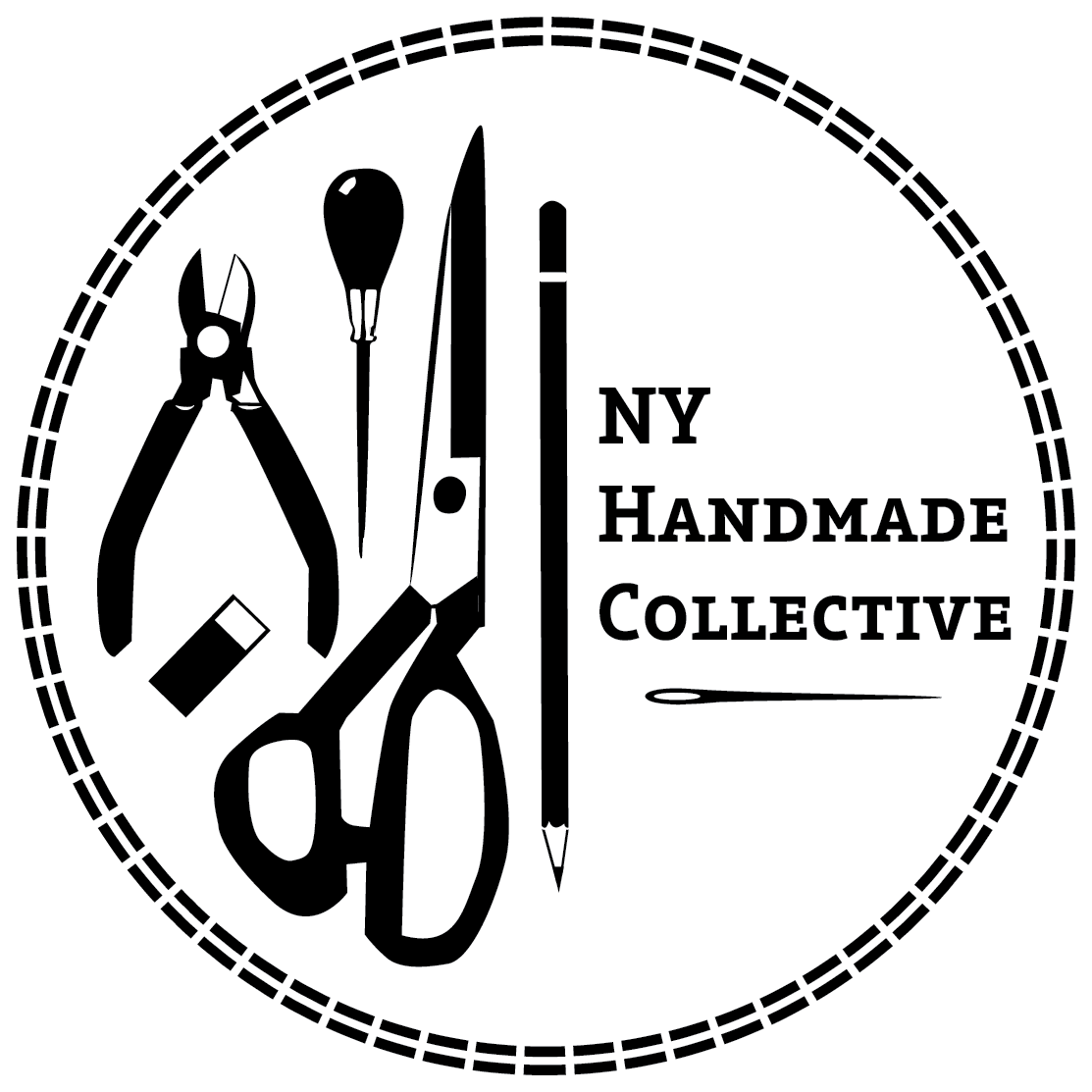Not-So-Hidden Sculptures of NYC Part 1: Lincoln Center
Let's take a mini-tour of a few sculptures throughout New York City, shall we? Whether one is a visitor or a resident, this guide will uncover facts about some of NYC'S large-scale public artwork. A short art history lesson is included, and admission is, of course, free...
Alexander Calder, "Le Guichet" (The Box Office) 1963
What do you see in Alexander Calder's black-painted steel stabile? A spider? A doorway? A window? One can interact with this 14-ft. sculpture by walking around and through its angles. An innovator of movement in sculpture through his mobiles, Calder designed this static sculpture, a stabile, as an abstract box office. Entitled, "Le Guichet", it stands appropriately near the Vivian Beaumont Theater in Lincoln Center Plaza.
Henry Moore, "Reclining Figure" 1965
Henry Moore's bronze sculpture is so dramatically reflected in the Paul Milstein Pool and Terrace of Lincoln Center Plaza. The curving forms are meant to contrast the geometry of the surrounding buildings. Moore was an English sculptor and artist known for his monumental works conveying abstract human figures, sometimes reduced to its bones, such as the example seen here.
Elie Nadelman, "Two Circus Women" 1931
Located in the David H. Koch Theater, home of the New York City Ballet, these two giant Elie Nadelman sculptures are anything but hidden. Each sculpture was carved in Italy out of a single block of Carrara marble, and stand facing each other on the promenade of the theater. There is a story told about how these statues came to be a permanent part of the theater. During construction, Lincoln Kirstein arranged to have the gigantic artwork brought in just before the fourth and final wall was put in place, and before Lincoln Center leadership could have them removed.The final wall was closed up and the statues could no longer be moved, and they still stand in place to this day.
Elie Nadelman, "Two Female Nudes" 1931
Why are we drawn to particular works of art? Color? Style? Composition? We make a connection, sometimes an instinctive aesthetic judgment to love it or hate it. Suggested ways to experience art: 1. Take time to LOOK at it and describe it. 2. THINK about it: analyze or INTERPRET its meaning, discuss why you are drawn to it (or not!). and 3. JUDGE whether or not it appeals to you. Beauty is in the eye of the beholder!
Post by: Nicoletta Siccone / ETSY Shop: ArtologieDesigns / Website: www.art-ologie.com
Nicoletta Siccone is a lifelong artist and art educator, with an M.A. in Art Education and Administration. She travels the world seeking cultural inspiration for her art, and has worked in fibers, acrylics, oils, and sculpture. Her current work is inspired by the reinvention of the mundane zipper, elevated to an art form into unexpected jewelry designs. Nicoletta’s artwork is shown throughout New York/New Jersey and worldwide.





